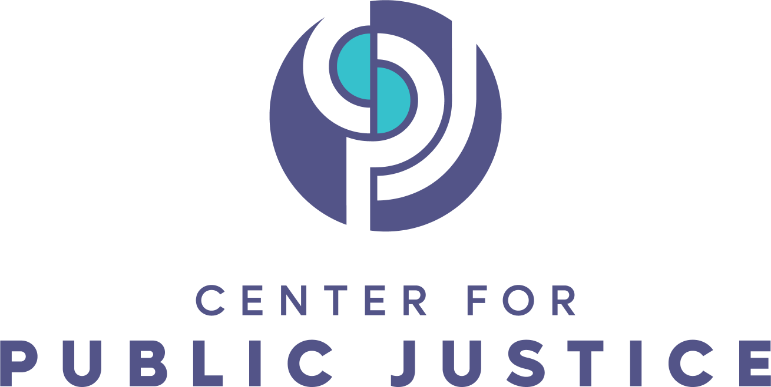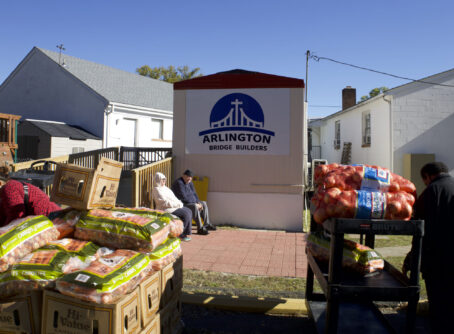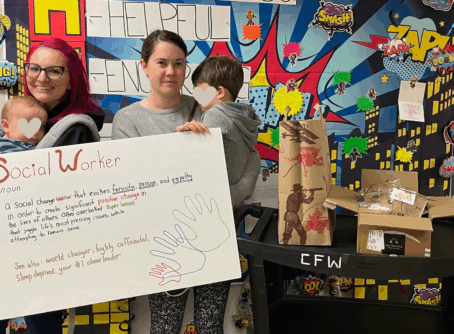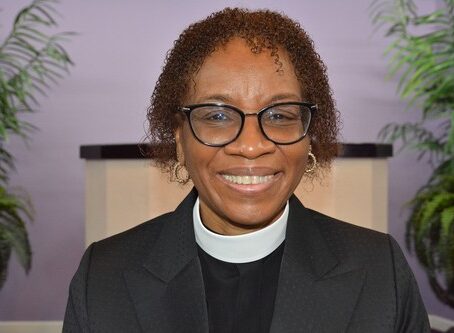
From the beginning, God designed us to prosper in families, neighborhoods, and communities filled with care, structure, and purpose. Mental wellness, education, safety, and belonging are all part of God’s design for human flourishing. However, in a broken world, we see what happens when this vision fractures. This brokenness shows up in our schools, our families, and especially in our juvenile justice system. Many of the kids caught in that system live with intense emotional pain. Their stories often include trauma, abuse, abandonment, neglect, poverty, or violence. These kids didn’t just make a bad choice; they are children who often have a history of suffering and a background of mental health challenges.
As many as seven in 10 youth in juvenile justice facilities live with mental illness. These mental health disorders vary and include conduct disorders, substance use disorders, mood disorders, anxiety disorders, disruptive behavioral disorders, and trauma-related disorders. One of the most common among justice-involved youth is post traumatic stress disorder (PTSD). The rate of PTSD among these kids is 10 times greater than that of their peers outside the system. PTSD occurs when someone experiences an extremely terrifying event that can lead to flashbacks, nightmares, constant fear, outbursts of anger, and deep emotional numbness. These symptoms make everyday life extremely difficult, especially for young people.
Yet, it’s not just the kids who are hurting. The educators who show up to teach and care for them face their own trauma. Elizabeth G. Baker, a long-time teacher in New York’s juvenile facilities, described becoming “emotionally numb” to the violence and stress she encountered daily. She felt detached from kids during fights and distanced herself from the knowledge of criminal activities. She’s not alone. Teachers at juvenile detention facilities are at risk for secondary trauma stress (STS), which has symptoms similar to PTSD and results from indirect exposure to trauma. Examples include witnessing constant aggression, hearing painful stories, or living in an environment of chronic stress. For educators at juvenile detention centers, STS occurs when they work with traumatized students and consequently re-experience trauma they may have faced in their own past. Similarly to PTSD, STS can damage a person’s social and professional life, affecting both their mind (thoughts, behaviors, emotions) and body. For these teachers, STS can lead to burnout, depression, and a heartbreaking sense of being powerless to help.
So, how do we respond? How do we hold onto a vision of human flourishing when faced with this kind of brokenness? As Christians, we are called to help. Galatians 6:2 tells us to “bear one another’s burdens, and so fulfill the law of Christ.” Bearing burdens means showing up with empathy, advocating for systems that bring healing, and refusing to give up on any child or teacher suffering in such circumstances. Though we live in a broken world, we are called to work together to move closer to God’s vision for humanity. This is where a public justice framework becomes essential. Looking at this issue through the lens of public justice illuminates how both government and civil society can work together to better serve the kids and teachers in these classrooms.
When it comes to kids in the justice system, government’s role can’t just be punitive. It has to be restorative. These kids don’t just need discipline; they need healing. They don’t just need structure; they need hope. While it is important to hold youth accountable, it must be done in a way that is sensitive to their past.
One effective tool for this kind of restoration is trauma-informed care (TIC). TIC recognizes the presence and impact of trauma in people’s lives and responds accordingly in all areas of a system, from discipline practices to classroom instruction. Before they step foot in a detention facility, many of the youth experience terrible dangers and unimaginable suffering. On top of those traumas, entering the juvenile justice system alone can cause even more trauma. TIC acknowledges this and helps these kids heal, build trust, and find a path toward restoration rather than punishment.
In 2013, Texas passed legislation requiring all juvenile probation officers and facility staff to be trained in TIC. When justice-involved youth enter the Texas Juvenile Justice Department, they are assessed under mental health criteria and given appropriate services. For example, a teen suffering from mental health challenges may be given a mental health provider, access to psychiatric services, and specialty lodging. Additionally, these kids participate in trauma-informed therapy programs such as, anger management and conflict resolution, life skills, and vocational or employment readiness. The Texas Model bases care on three pillars: integrating safety, connection, and coping into everyday interactions to aid young people in healing from trauma. A study that tested the effectiveness of the Texas model found that among the pillars, feeling safe was the most influential factor in improving behavior. There was evidence that the Texas model improved safety, suggesting that building a sense of safety is foundational for other trauma-informed care components to work effectively for youth. This law provides important support for kids in Texas, but justice involved youth across the United States need TIC. Congress should consider policies that expand TIC nation-wide.
As clearly seen above, policy matters. However, policy alone isn’t enough. Civil society must do its part too. Community-based reentry programs can use trauma-informed approaches to help kids transition back into daily life after incarceration. They can offer therapy, mentorship, education support, and even job training. These approaches center around creating a sense of safety, which is vital for justice-involved youth. Often past traumas cause fears around safety, so a comprehensive approach that reinforces a new sense of safety sets kids up for success. When TIC is implemented well, it doesn’t just reduce symptoms of trauma; it helps young people imagine new futures for themselves.
Teachers also need support rooted in justice and restoration. Jessica Bradshaw’s research on educators in juvenile facilities found that resilience came through intentional reflection, faith, self-care, and community support. However, many teachers receive little training before entering these complex environments and almost no ongoing support once they’re there. Churches, community groups, and local nonprofits can provide prayer, resources, and a sense of belonging. One staff member in the study on the Texas Model said, “I feel like [the Texas Model] made significant changes, even not only with just like with the kids, but with the staff as well…I’ve seen both sides of it, if that makes sense like before trauma-informed care and, you know, I guess during or after and I think it’s made things lighter you know? […] It’s a better culture.” Civil society can support interventions like the Texas Model and advocate for it to be implemented in their communities, as this type of trauma-informed care has positive effects for both teachers and students.
The mental health crisis in the juvenile justice system is urgent and complex. The Bible emphasizes the importance of mental health. Romans 12:2 says, “And be not conformed to this world: but be ye transformed by the renewing of your mind, that ye may prove what is that good, and acceptable, and perfect, will of God.” A broken world has led children to suffer from trauma and others to be burdened in trying to help, but if we hold onto a vision rooted in God’s created order we can move from brokenness to restoration. As Christians, we are called to respond with compassion and action, bearing one another’s burdens and advocating for systems that reflect justice, care, and dignity for all.
Acacia Tripplett was the Summer 2025 Families Valued Intern at the Center for Public Justice. She is currently studying Political Science and Psychology at George Washington University.




